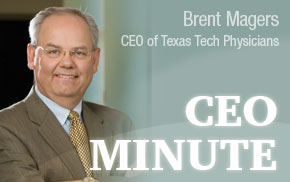 Talk is cheap. Health care is not.
Talk is cheap. Health care is not.You are probably tired of hearing year after year about health care costs that are out of sight and rising faster than the cost of most other goods and services. The reason people talk about it is health care spending has a significant effect on households, businesses and federal, state and local governments.
Each one of us must deal with the financial burden that health care costs place upon us. I’ve said it before; we are blessed to have an employer that has great health insurance benefits. I’m not saying this to try to influence anybody — just stating a fact.
Since 1970, the Kaiser Family Foundation has released an annual primer on health care spending in the United States. This year’s report can be read at http://www.kff.org/insurance/upload/7670-03.pdf
Here are some facts from the report that I find interesting:
- In 2010, the U.S. spent $2.6 trillion on health care, an average of $8,402 per person.
- The share of economic activity (gross domestic product, or GDP) devoted to health care has increased from 7.2 percent in 1970 to 17.9 percent in 2009 and 2010.
- Health care costs per capita have grown an average 2.4 percentage points faster than the GDP since 1970.
- Since 2002, the rate of increase in national health care spending has fallen from 9.5 percent to 3.9 percent.
- Half of health care spending is used to treat just 5 percent of the population.
- Although only 10 percent of total health expenditures, spending on prescription drugs has received considerable attention because of its rapid growth (114 percent from 2000 to 2010).
- In 2008, 27 percent of the non-elderly with three or more chronic conditions spent more than 10 percent of their income on health, compared to 11 percent of the total non-elderly population.
